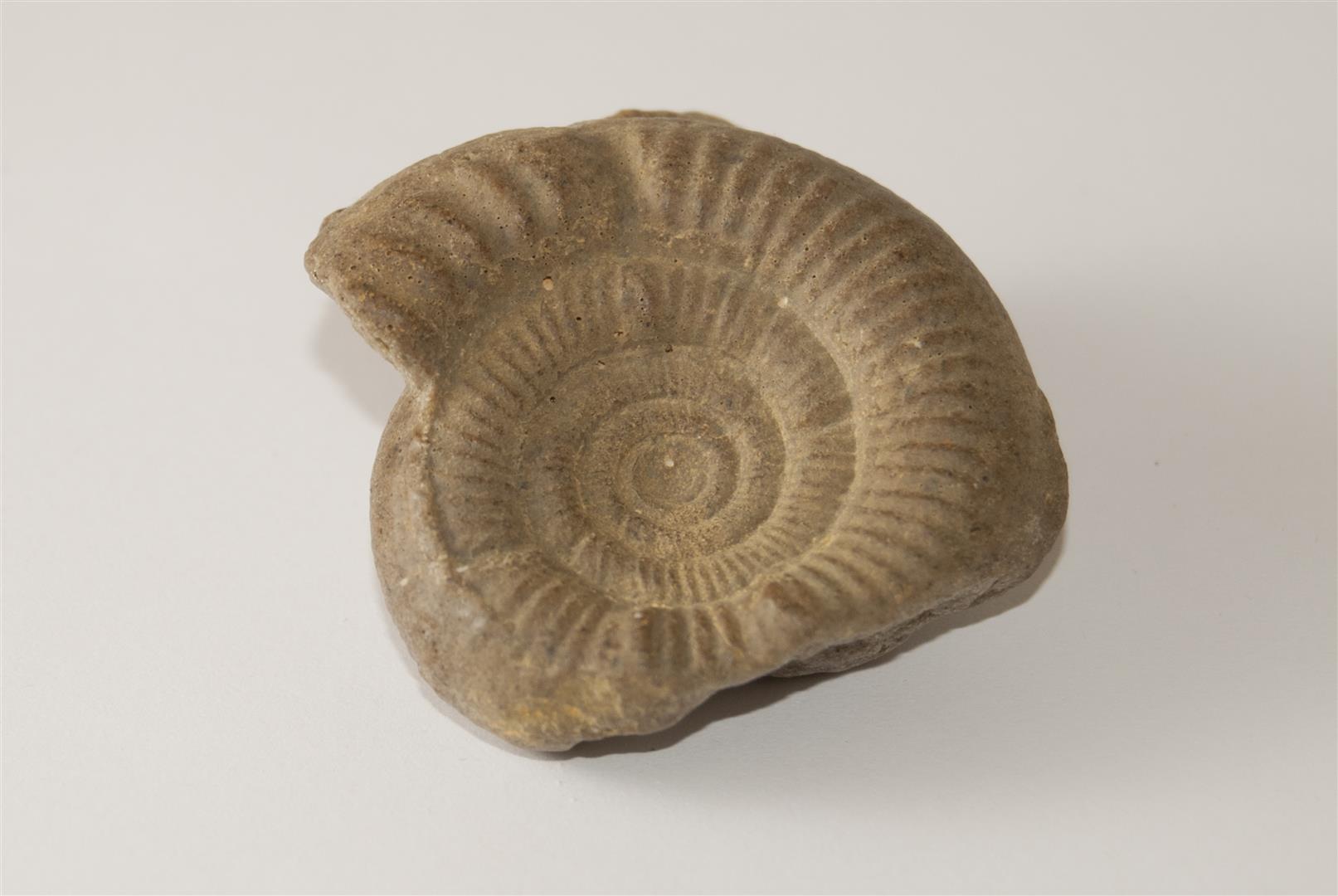
Today things are going about paleontology.
From very tiny I knew what fossils were because in my house there is a small collection. Nothing about showcases or inaccessible sites, there, at the entrance, where you could hand touch and “study” them.
Besides, the garden walls of my house contained small “treasures”. They were merely shells (mostly), but it was fun to inspect one by one in search of a most important finding.
When I was older, my aunt (geologist) took me to a museum and taught me about many others that I did not know.
And so we come to this.
It may seem like a piece of sand like any other, but as they say in the movies of our childhood “beauty is on the inside”.
With a little digging work we discover our fossil:
”
“Ammonites are an extinct group of marine invertebrate animals in the subclass Ammonoidea of the class Cephalopoda. These molluscsare more closely related to living coleoids (i.e. octopuses, squid, and cuttlefish) than they are to shelled nautiloids such as the living Nautilus species. The earliest ammonites appear during the Devonian, and the last species died out during the Cretaceous–Paleogene extinction event.
Ammonites are excellent index fossils, and it is often possible to link the rock layer in which a particular species or genus is found to specific geological time periods”
(Wikipedia)
When our daughter grows up, she will have their own treasures to unearth, learn with brush and hand peak and imagine the history of the little bug that that was buried millions of years ago.
A play and learning tool that will appeal to parents and children, teachers and students … and soon it will be available in our store.




